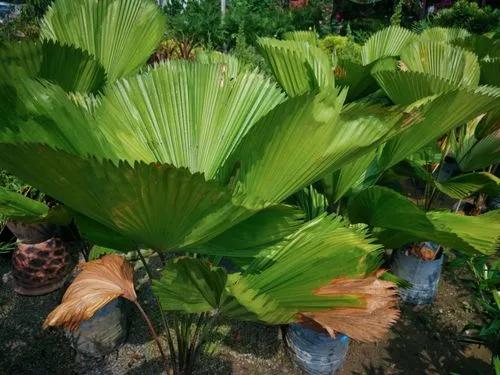Callitris preissii is an evergreen shrub or small tree, often with several stems, with a spreading or erect crown; it can grow up to 20 metres tall, though is usually smaller. The tree is harvested from the wild for itd wood and resin. It is sometimes grown as an ornamental and makes an excellent windbreak and soil stabilizer. Callitris preissii is treated here in its wider sense to include Callitris tuberculata R.Br. Ex R.T. Baker and H.G. Smith and Callitris gracilis R.T. Baker. Despite some loss of habitat throughout its range, the plant remains very widely distributed and relatively frequent. The plant is classified as 'Least Concern' in the IUCN Red List of Threatened Species(2013).
Rottnest Island Pine Care
Callitris Preissii



A native conifer growing as a small tree or shrub up to nine metres high that grows in an upright, dense, conical form and has fissured bark. It has soft green foliage and globular woody fruits, often exuding a sticky sap. Produced in late spring the flowers are yellow-orange, and they are often associated with the phenomenon of pollen clouds being emitted during the warmer spring months. Callitris preissii is restricted to calcareous dunes in the Perth region and on Rottnest Island. It appears to also be native to the escarpment in Kings Park and adjacent to Bold Park in the coastal dunes of the Campbell Barracks. This species, being a classic lover of coastal regions, is ideal for windbreaks or enhancing large open spaces. Planting in large groves produces an enchanting forest effect within a parkland environment.
How to Care for the Plant

Popularity

19 people already have this plant 2 people have added this plant to their wishlists
Discover more plants with the list below
Popular articles






